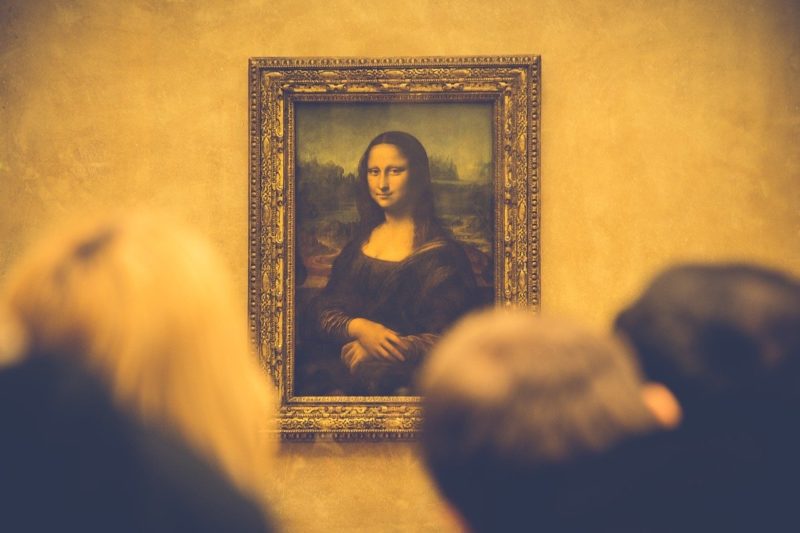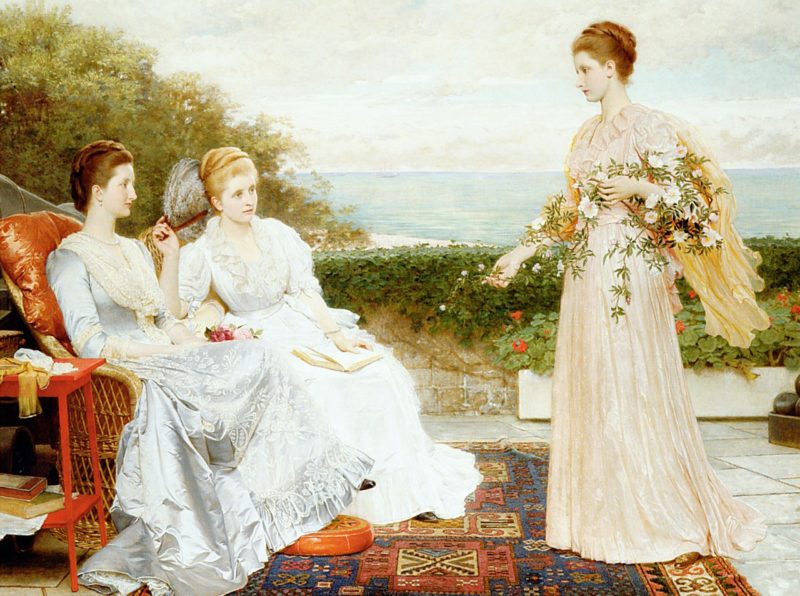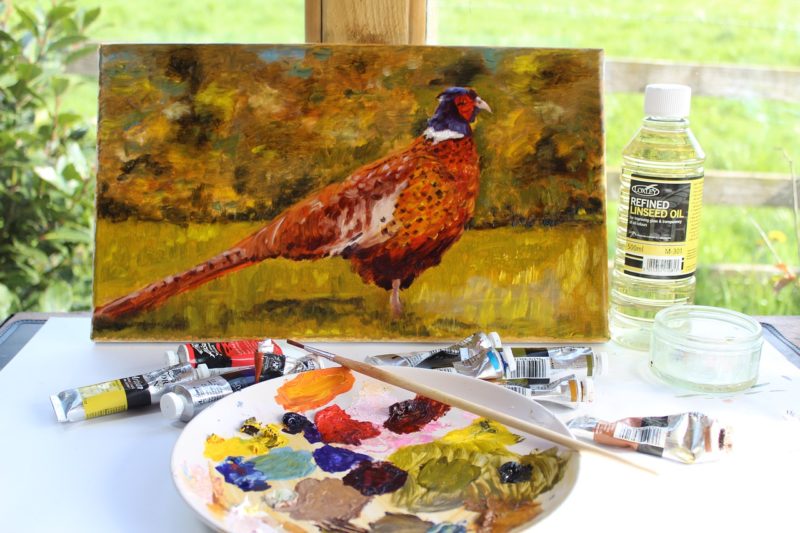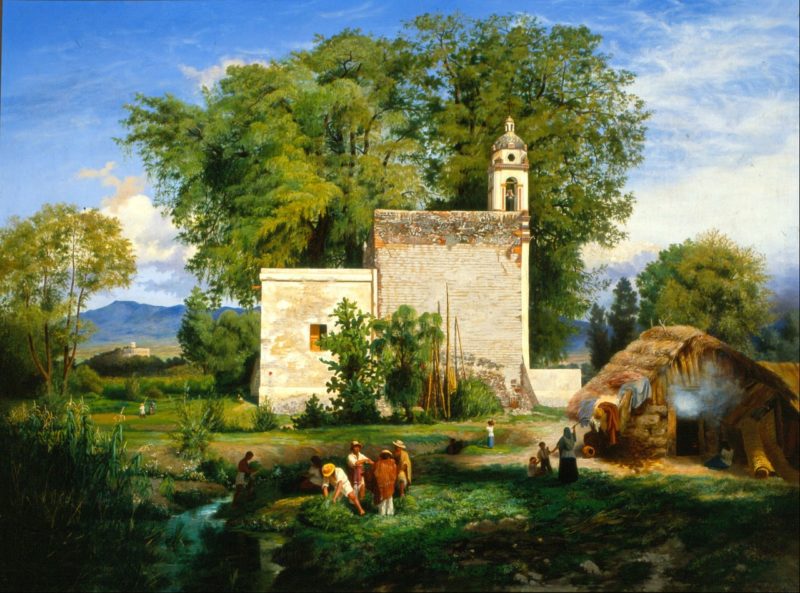What Makes Oil Paintings So Valuable
We all prefer buying oil paintings when we wish to adorn our homes or offices. There is no arguing the richness and vibrancy of textures and colors that oil paintings offer. Oil paintings are a source of life and brightness in otherwise dull and ordinary rooms. However, it is common knowledge that oil paintings don’t come cheap. In fact, just last year, someone purchased an art piece from Jean-Basquiat at a staggering amount of $110.5 million. So what exactly is it about oil paintings that make them so valuable? Read on to find out more details.
Oil painting is a form of art, which employs the technique of using oil paints made out of pigments combined with dry oils. The process of bringing an oil painting together is quite challenging and difficult. Traditional techniques include drawing a subject on the canvas, to begin with. Artists use thin paint or charcoal first to create a sketch. After that painstaking process, the artist pours life in the painting with oil paints. The process of putting one piece of work together is long and tedious and requires the use of various mediums and resources. Add to that the following elements, you can clearly see why oil paintings are so valuable.
Original
An original painting is also going to be an expensive purchase. Authenticity is the first element that makes a painting valuable and sets it apart from cheap paintings. After all, a real Picasso is certainly going to be worth more than a copy.

Historical Significance
If the painting in question belongs to a major canon in the history of art, then the picture is going to have a lot of worth understandably.
Source
A key determining factor of the worth of a piece of art is the history of its origin. Who it belonged to and where the painting has been obtained from are some questions that play a huge role in determining its value. So, if the painting comes from a well-reputed gallery or a prominent art collector, its price automatically goes high.

The Popularity of the Artist
If a painting is made by a trending or a world-famous artist, his/ her work will have more monetary value regardless of whether or not the work is good enough to hold its place in art history.
Condition
While this may sound illogical, the condition of the painting also weighs heavily on its value. If a painting is an antique or not very old, but by a world-famous artist, and also in flawless condition, it will have a great monetary value. If a painting suffers from tear or sun damage, its value will be most certainly adversely affected.

Typicality
If any artwork showcases typical features and symbols of a famous painter, it will be worth more in value. For example, a typical cubism painting of Picasso will be far more expensive than a landscape painting by him, for the mere reason that even today, people associate Picasso with cubism.
Medium
The medium used for the painting has quite a bearing on its value too. Paintings made on canvas are sold more than those made on paper. Similarly, sketches or prints don’t sell as much as paintings do, simply because the work is more authentic and long-lasting.

Artist’s Backstory
The price of a painting may also be influenced if any famous artist has a back story. Like an early death or tragedy, perhaps. This may be because if an artist died at a young age, he or she might have produced very less work. Less work of a much-cherished artist would be mean more demand for their work by the masses and less supply. It is more so because most famous artists captivate the public with their life stories, which draws more attention to their work.
Subject Matter
Paintings featuring a particular subject matter tend to be purchased more than the regular paintings. For example, paintings of beautiful females are more popularly in demand compared to paintings of men, although course exceptions do apply to this fact. Similarly, sunny landscapes are preferred more than the dark ones, just like paintings of ships on a calm sea are preferred more than ships caught in a storm. However, a notable fact over here is that when the artwork of famous artists is in question, then these norms don’t necessarily apply.

Color
Colors have great bearing on the value of a painting. Historically, paintings that hold more red shades in them are usually priced more than the rest.
Wall Power
This is perhaps the most important element in determining the value of an oil painting, but also a tricky one to quantify in words. The wall power of painting helps its price to either soar or plunge. It all depends on how painting affects the beholders; does it shock them? Does it hold them in awe? Does it entrance and mesmerize them, and they can’t explain why? If a painting has this effect, then its value is bound to soar high.










